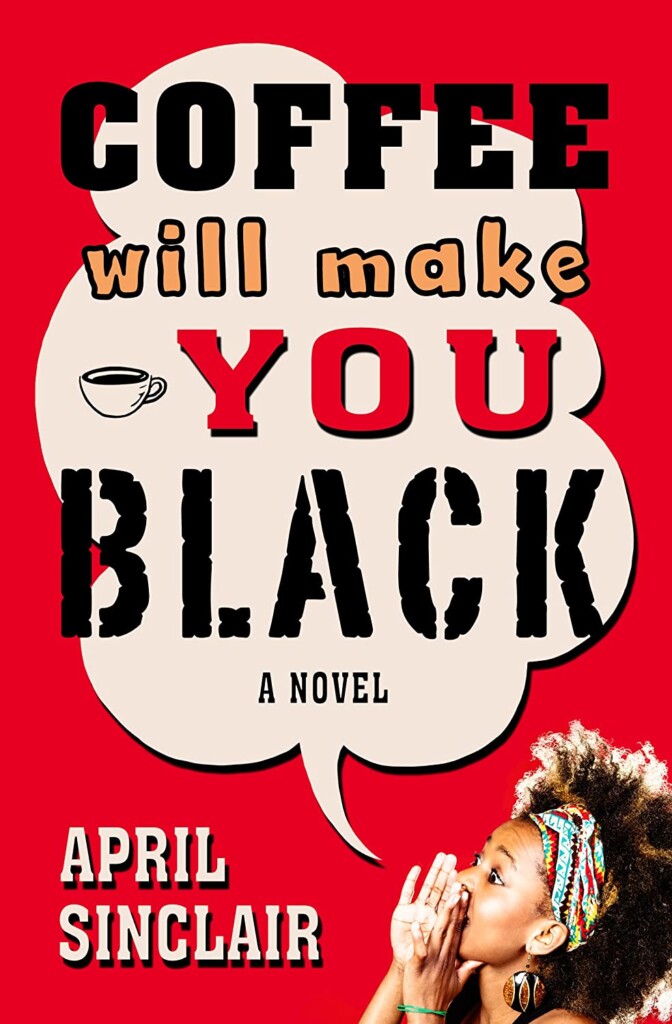Summer Reading List: Black is Beautiful

As part of the Department of English’s commitment to express our solidarity with Black Lives Matter by doing more to center black life in our curriculum and scholarship, this month we will be sharing reading lists taken from some of our courses on black voices and black lives.
The second list in this summer reading series is taken from a course taught by Dr. L. Lamar Wilson.
Black is Beautiful: African American Poetics & Aesthetics 1919-2019
“We know that we are beautiful. And ugly too,” New Negro Renaissance wunderkind Langston Hughes wrote in his 1926 manifesto “The Negro Artist and Racial Mountain,” a response to “The Negro Art Hokum,” an essay that conservative satirist George Schuyler had published a week earlier in The Nation. This course begins at the apocryphal moment these two black men (and a host of others) sparred over how African Americans should express themselves in literature (poetry, fiction, drama, essay), dance, music, film, and visual art, now that black folk had shown how integral they were to American art despite being denied for several centuries the opportunity to define for themselves an original beauty aesthetic untainted by European-American standards that shape popular perceptions in each of those genres and disciplines. Alongside our primary literary texts, we will read theoretical debates across time that drive the evolution of the mores of black aesthetics that have shaped the ways black artists interpolate the world around them. We will spend the semester investigating two central questions: How have African Americans invoked and revoked the stereotypical archetypes of blackness (Mammy, Buck, Jezebel, Sambo, Uncle Tom, pickaninny) in the wake of American chattel slavery and Jim Crow? To what end are contemporary representations of beauty of literature, dance, music, film and visual art shaped by those eras’ ills? What makes “black”-ness “beautiful,” then and now?
Please note: The list below covers the course’s longer texts. For the full list of (and links to) the poems, essays, visual art, films, and dance recordings taught in the course, you can download Dr. Wilson’s syllabus. He also has an extensive archive of syllabi from other courses he’s taught at llamarwilson.com/scholarship.
Novels:
Cane, Jean Toomer*
Passing, Nella Larsen*
Maud Martha, Gwendolyn Brooks*
The Bluest Eye, Toni Morrison
Coffee Will Make You Black, April Sinclair
The Belles, Dhonielle Clayton
We Cast a Shadow, Maurice Carlos Ruffin
Theater:
Dutchman, Amiri Baraka*
A Raisin in the Sun, Lorraine Hansberry*
Slave Play, Jeremy O. Harris
Funnyhouse of a Negro, Adrienne Kennedy*
The Colored Museum, George C. Wolfe
*These novels and plays are also anthologized in Volume 2 of the Norton Anthology of African American Literature, 3rd edition.
Secondary texts:
‘Black Is Beautiful’: A Philosophy of Black Aesthetics, Paul C. Taylor
Hollywood Black: The Stars, The Films, The Filmmakers, Donald Bogle
Toms, Coons, Mulattoes, Mammies and Bucks: An Interpretive History of Blacks in Films, Donald Bogle
African American Dance: An Illustrated History, Barbara Glass
“The Negro Artist and the Racial Mountain” (The Nation), Langston Hughes
“Poetry Is Not a Luxury,” collected in Sister Outsider, Audre Lorde
Black Art: A Cultural History, Richard Powell
In Search of Our Mothers’ Gardens: Womanist Prose, Alice Walker
Categories: Faculty News, Student News, Summer Reading
